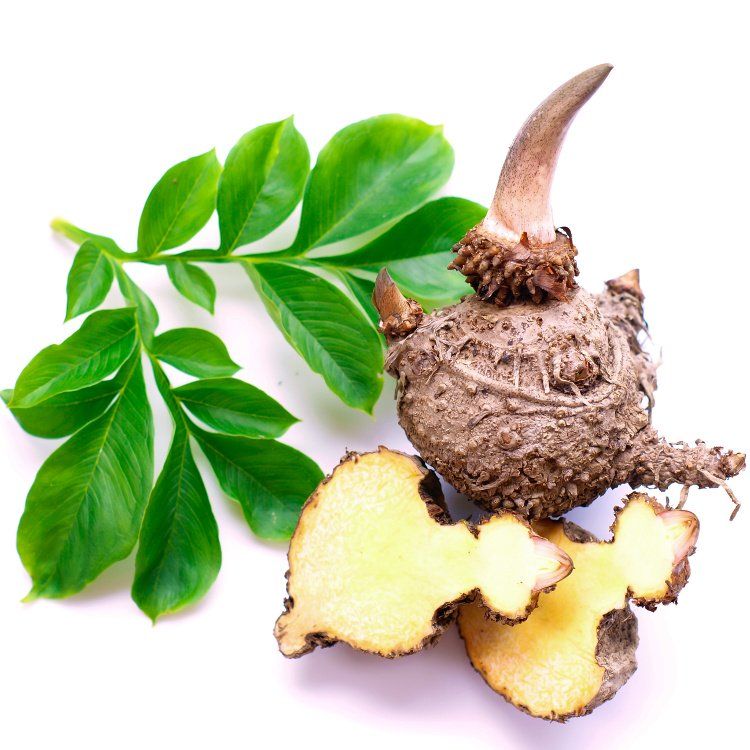Plant ceramides for beauty debut at SupplySide East show
At April’s SupplySide East trade show, Vidya Herbs (Fullerton, CA) highlighted its new ceramide ingredient derived from the konjac plant (Amorphophallus konjac) for the nutricosmetic market.
Photo © AdobeStock.com/amawasri

Ceramide beauty products are a popular and effective segment of the nutricosmetic and cosmeceutical markets. Ceramides are the major lipid constituents of the skin’s outer layer, or stratum corneum. Using a brick-and-mortar metaphor, ceramides act as the “mortar” that helps keep skin cells together-and, as such, they play a key role in maintaining the skin’s barrier and structure and keeping the skin moist and supple.1
Unfortunately, aging, along with environmental stressors, significantly depletes the skin’s ceramide production and content over time, particularly in the skin’s outer layer, leading to dryer, rougher skin. By boosting ceramide levels either through supplemental topical or ingestible product application, consumers can see improvements in skin moisture and a reduction in the appearance of fine lines and wrinkles.
Interest in plant sources of ceramides continues to grow in the market. At April’s SupplySide East trade show, Vidya Herbs (Fullerton, CA) highlighted its new ceramide ingredient derived from the konjac plant (Amorphophallus konjac) for the nutricosmetic market. The ingredient, whose trade name is Skin-Cera, is equipped with a U.S. patent covering compositions and methods of use. (U.S. patent number US10004679.) Konjac is one plant known to be a rich source of glucosylceramides, which are a ceramide precursor. (Skin-Cera is standardized to 10% glucosylceramides.)
According to Vidya Herbs, a recently conducted, six-week, 51-subject, randomized, single-blind, placebo-controlled clinical study showed that oral supplementation with Skin-Cera, at 100 mg daily, compared to placebo, resulted in significant skin-health benefits, including improvements in dryness, white/blackheads, hyperpigmentation, redness, lesions, itching, oiliness, and roughness. The company’s patent describes the ingredient as being suited for a wide range of delivery formats, including pills, gummies, powders, lotions, ointments, and creams, as well as food and drink.
References:
- Paula’s Choice Skincare website. “What Are Ceramides and How Do They Work in Skincare Products?” Accessed April 23, 2019. https://www.paulaschoice.com/expert-advice/skincare-advice/anti-aging-wrinkles/what-are-ceramides-how-do-they-work-in-skincare.html



